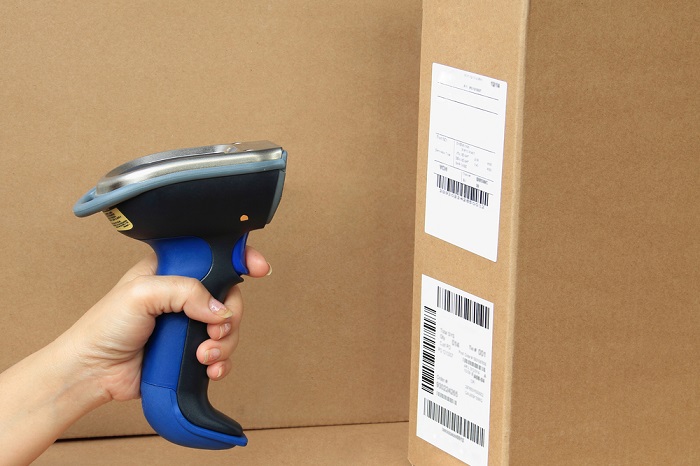
In a world filled with smartphones and self-driving cars, the barcode seems like an archaic holdover of some other digital retail age. However, the scaling needs of retailers have uncovered some weaknesses in how merchants process barcodes, as well as some promising solutions.
The Wall Street Journal reported that a veritable revolution is happening among barcode scanner makers, as companies like Zebra Technologies, the world’s largest such manufacturer, revisit the tech’s design and purpose after decades of innovations. The sheer number of products moving on an invisible network of warehouses and fulfillment centers means that barcode scanners’ old designs — gun-like devices that required several button pushes or trigger pulls to operate — are giving way to new ideas, like a handheld baton that automatically detects barcodes when waved across a product.
James Bonner, general manager of Exel Logistics, a subsidiary of Deutsche Post DHL, told WSJ that using Zebra’s new barcode scanner doesn’t help his company massively increase the number of packages they can get out the door, but the time and energy saved by a smarter design — employees assembled orders 10 to 20 percent faster — is still worth it.
“In the big scheme of the world, it sounds like nothing,” Bonner said. “But when you take away three [button] touches, that’s like three-halves of a second. And you’re shipping thousands of shipments a day.”
A new fleet of barcode scanners may also help to reduce the increasing rate of musculoskeletal injuries among the similarly rising population of warehouse workers across the globe. The Bureau of Labor Statistics cites the transportation and warehousing industry as having 89.9 injuries per every 10,000 employees, nearly double that of health care and triple figures in forestry, fishing and hunting.
A more ergonomically designed barcode scanner might not save lives, but it could make the act of processing the world’s deliveries eight hours a day less taxing on wrists, elbows and shoulders.